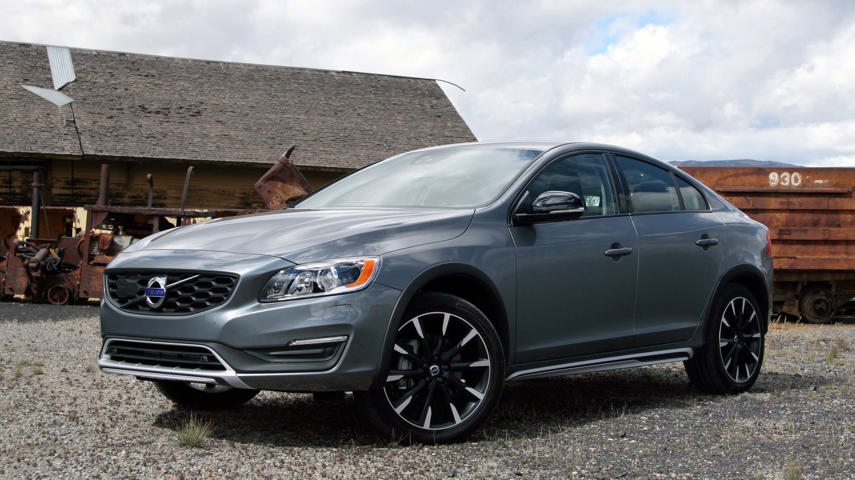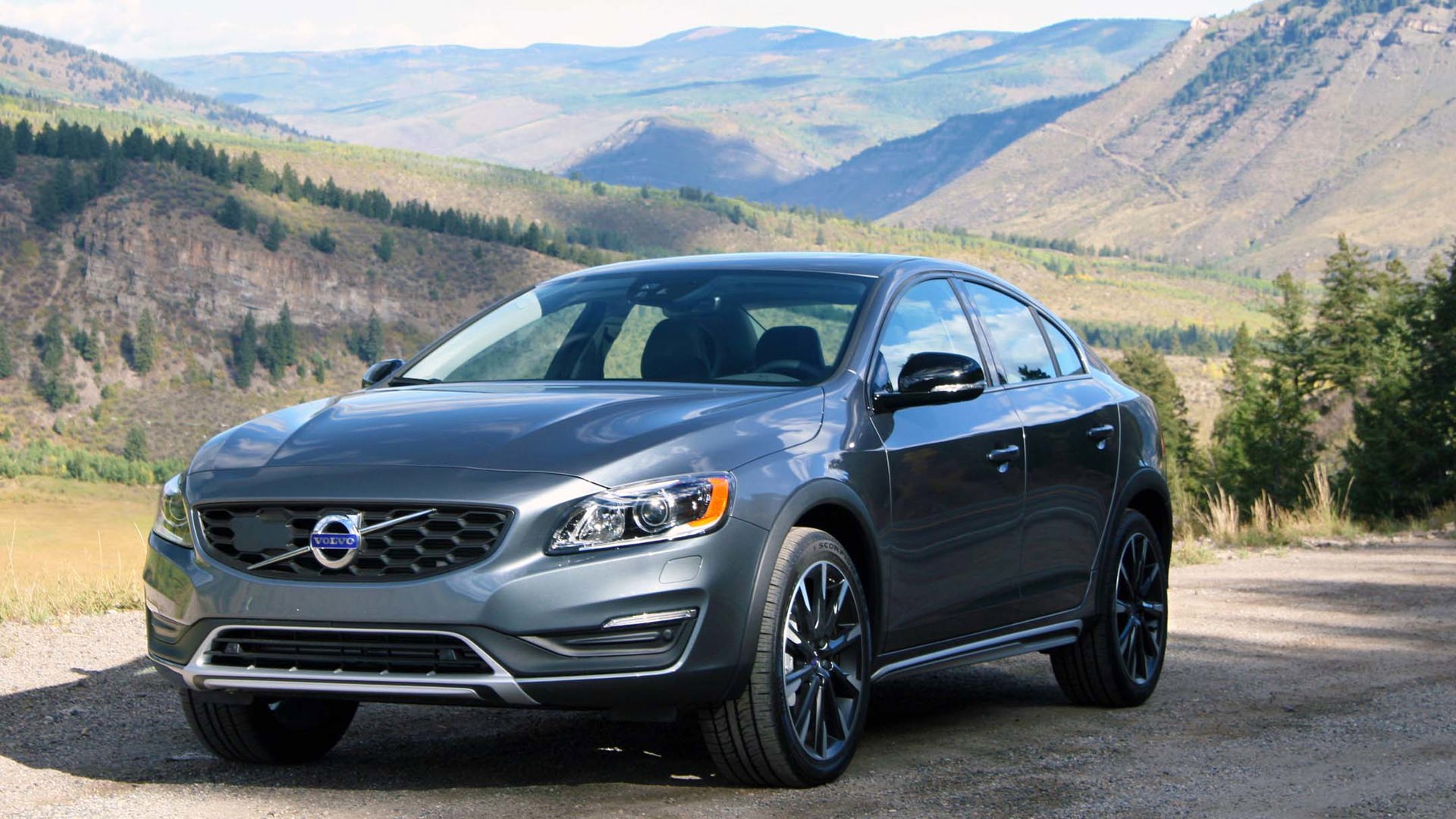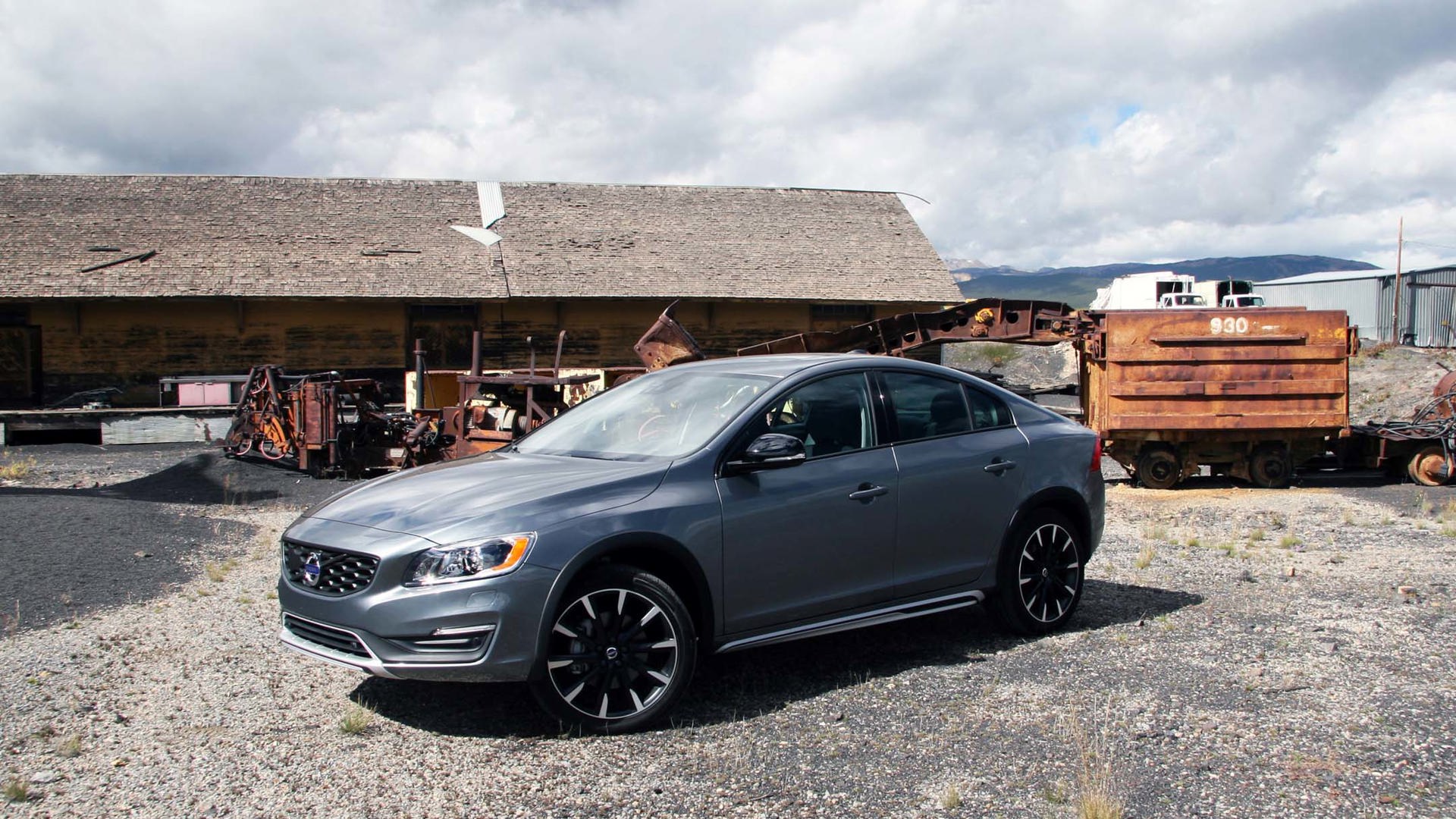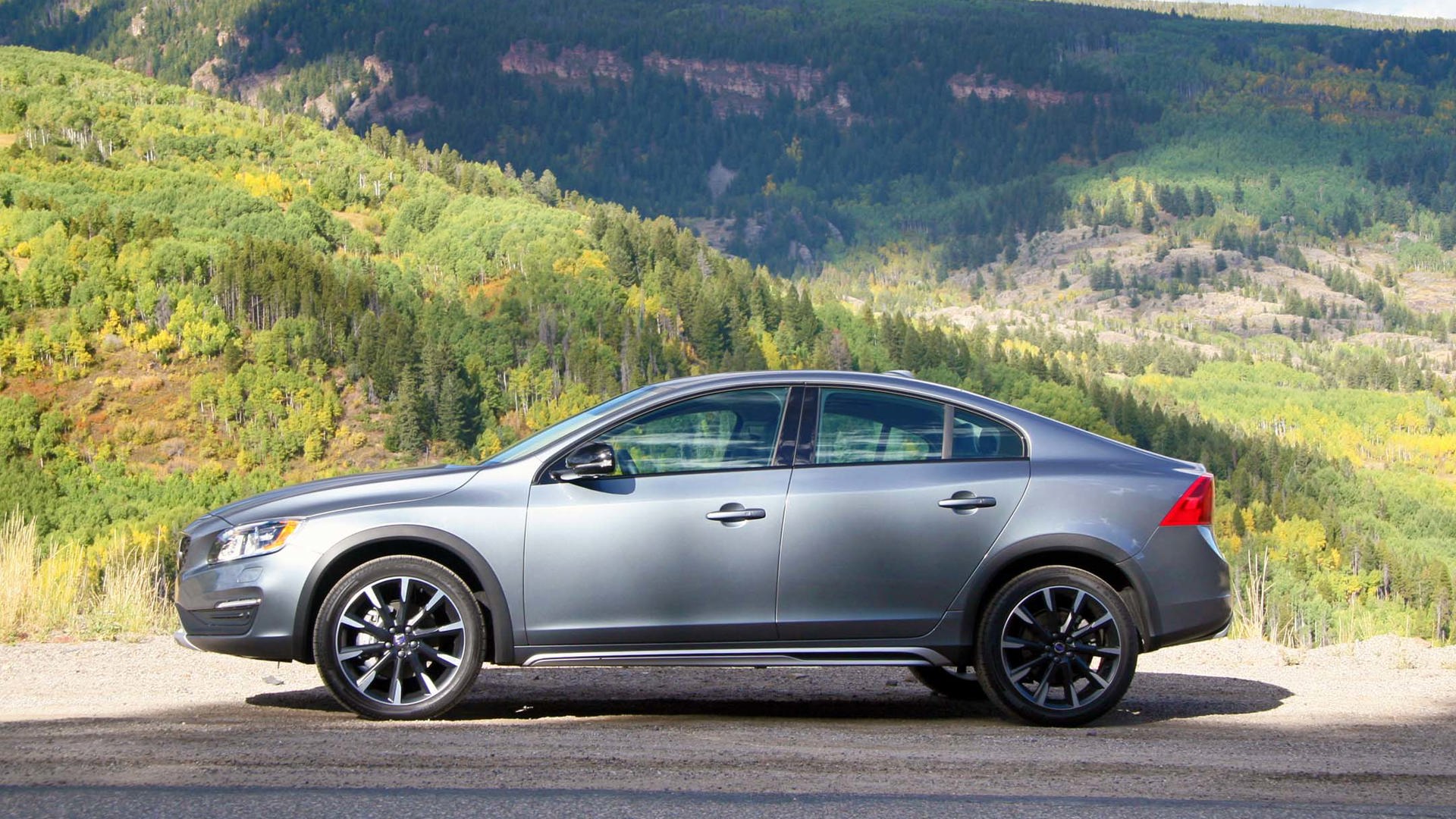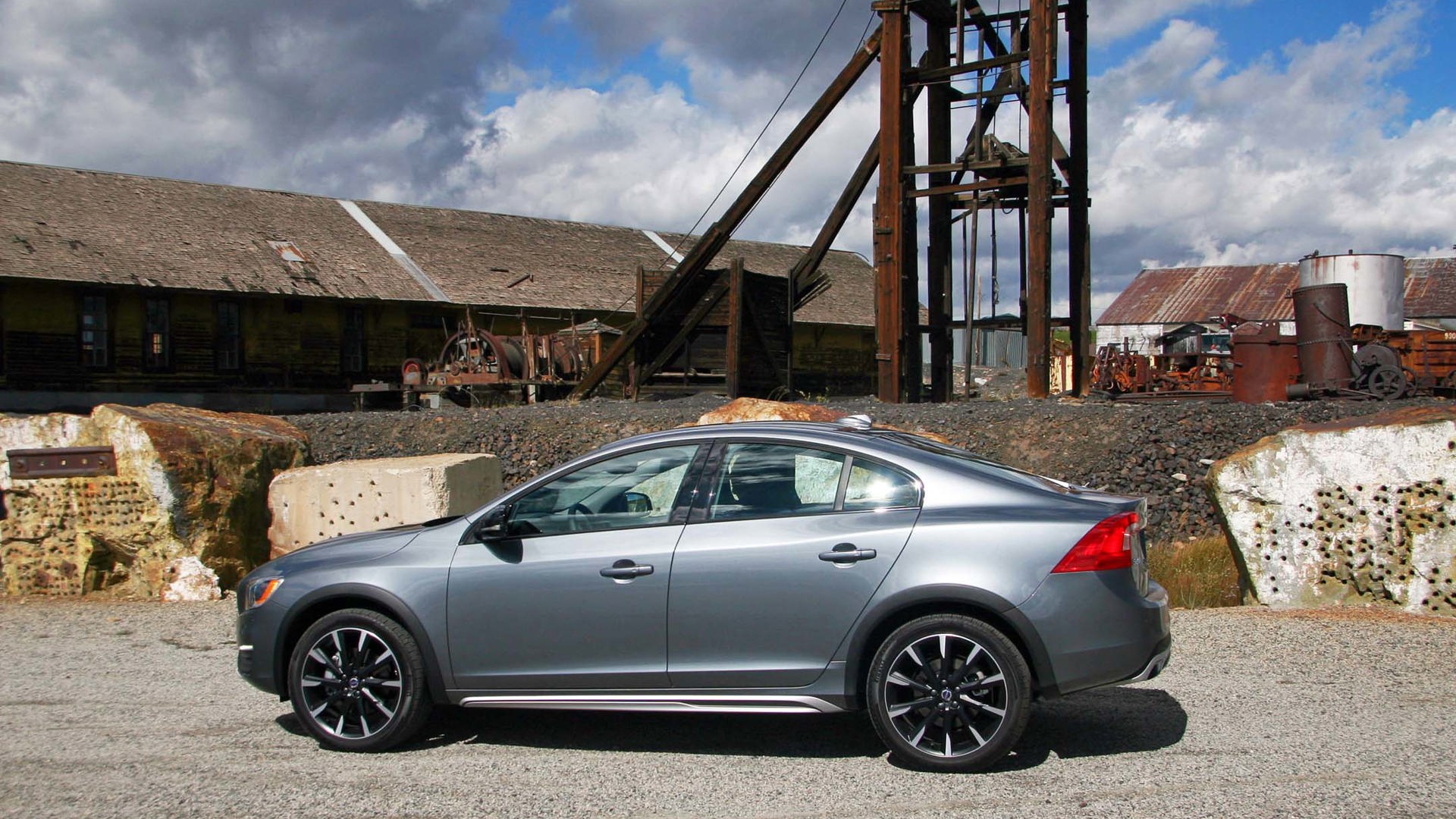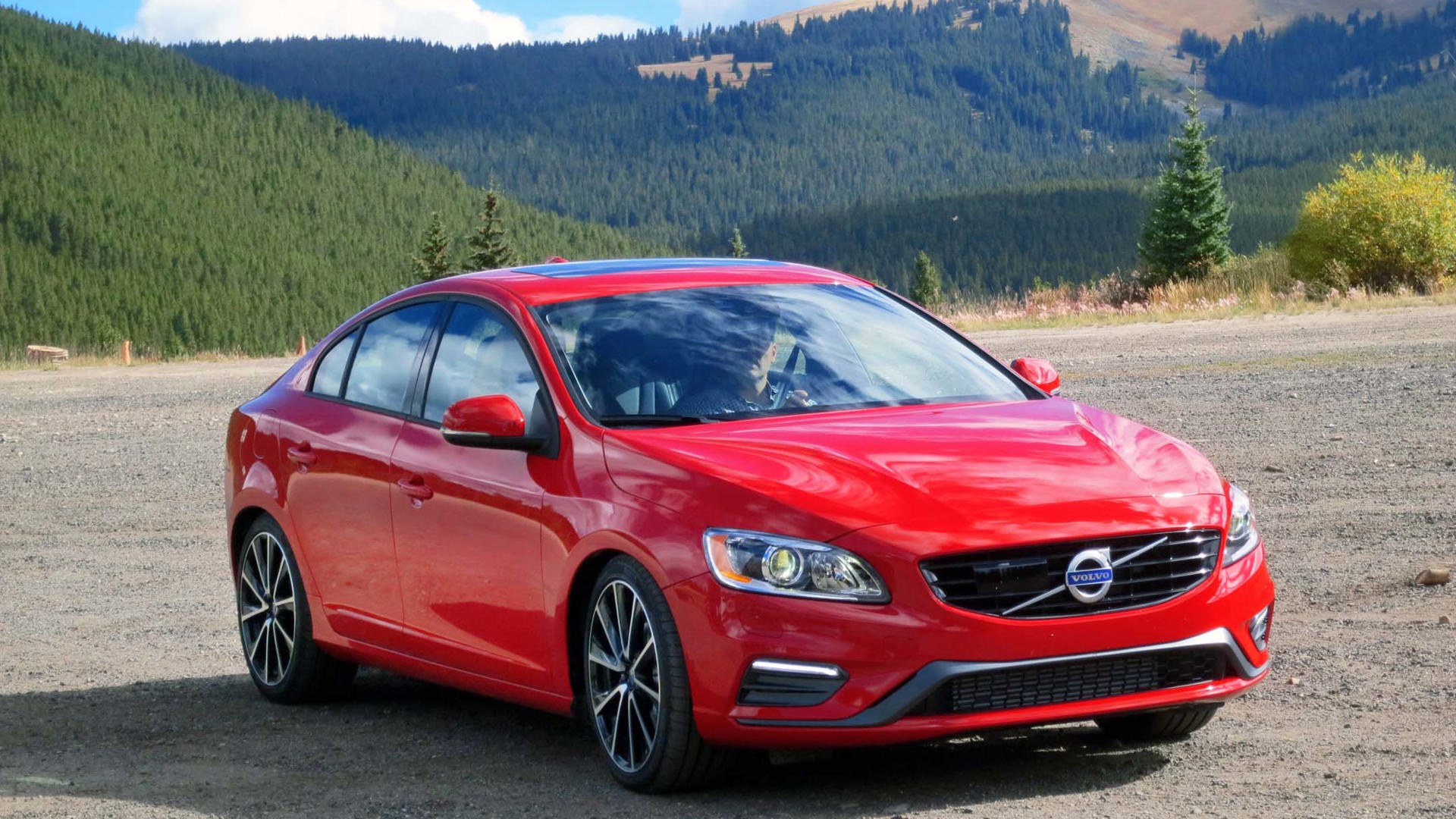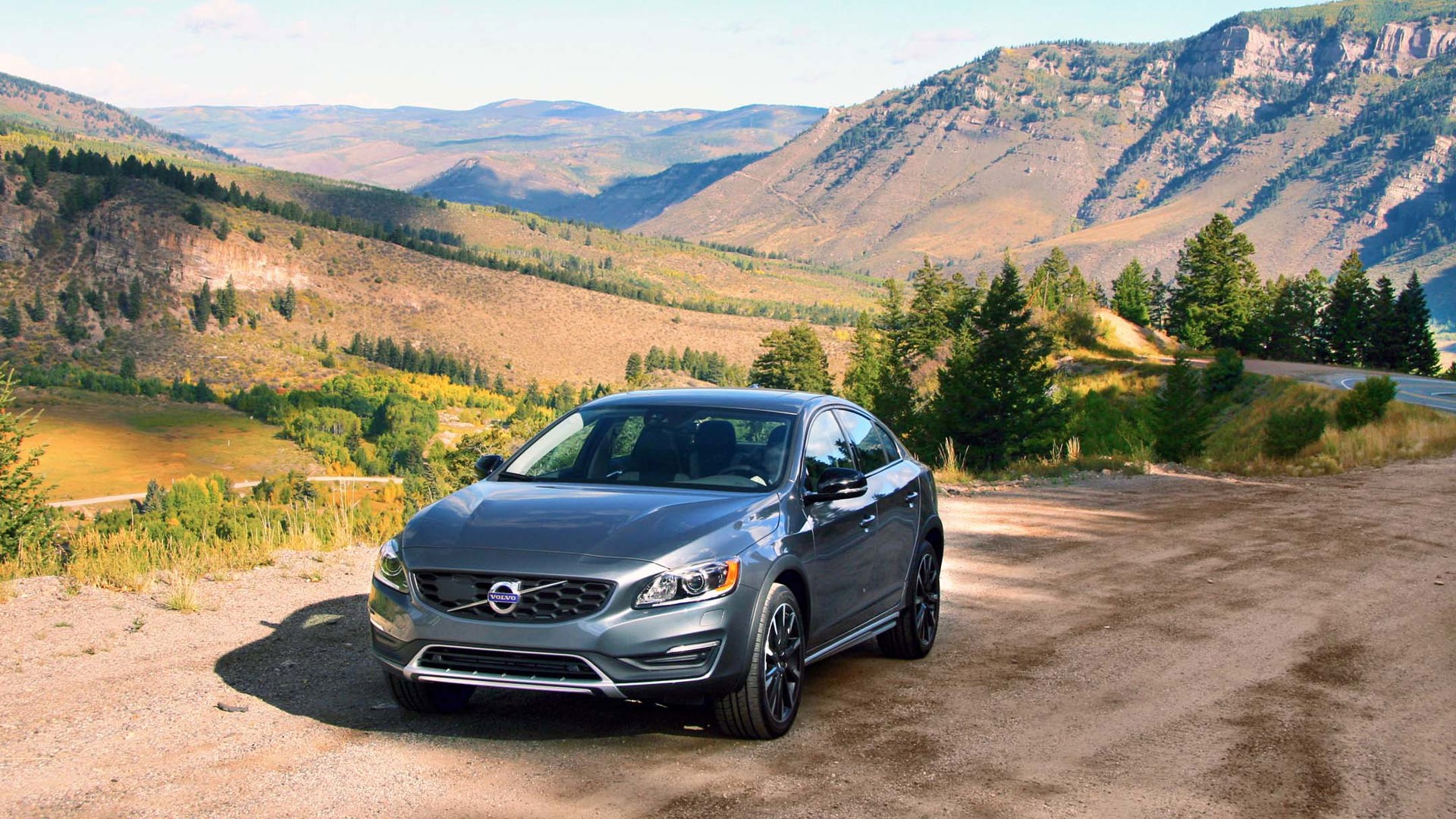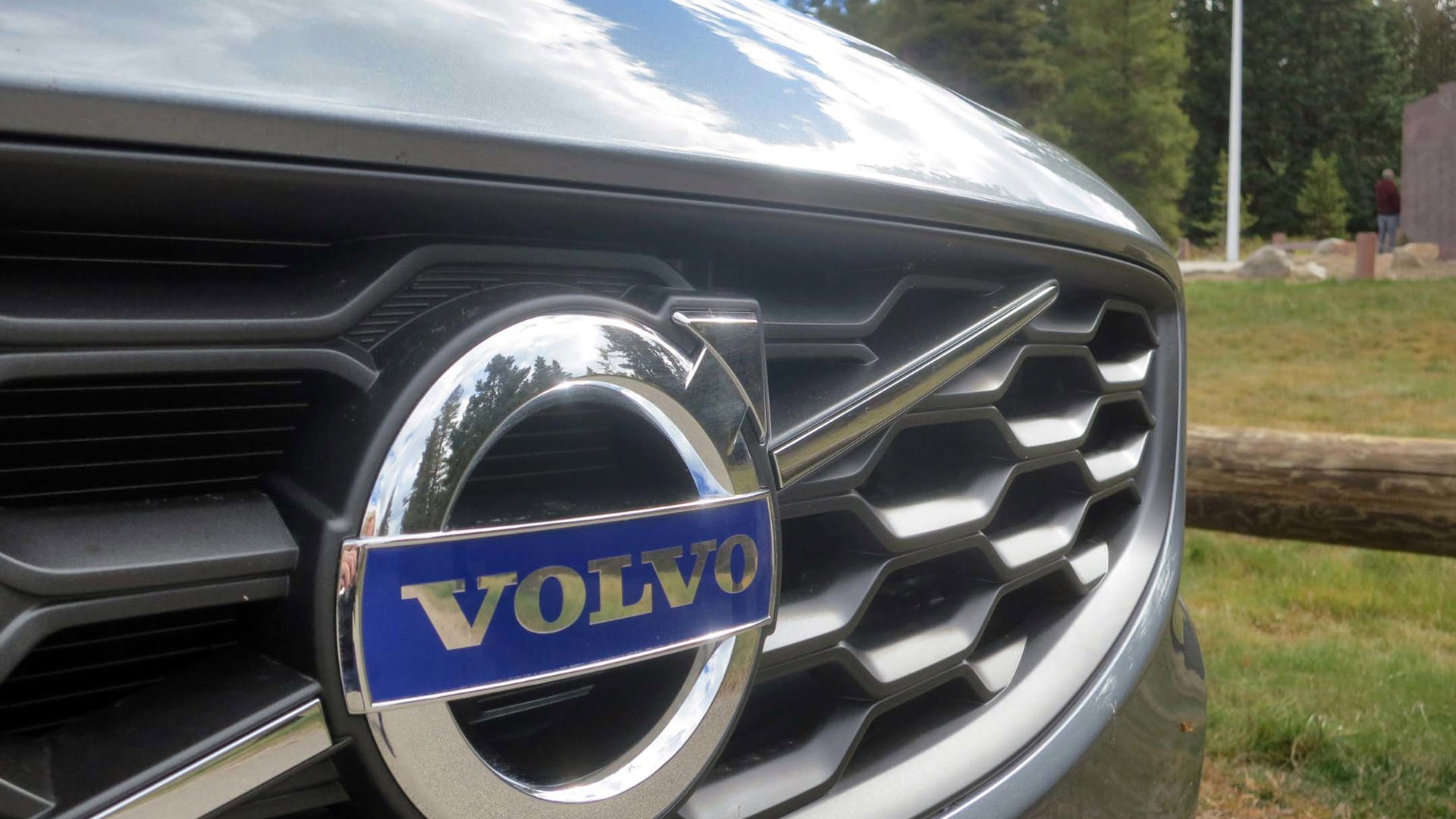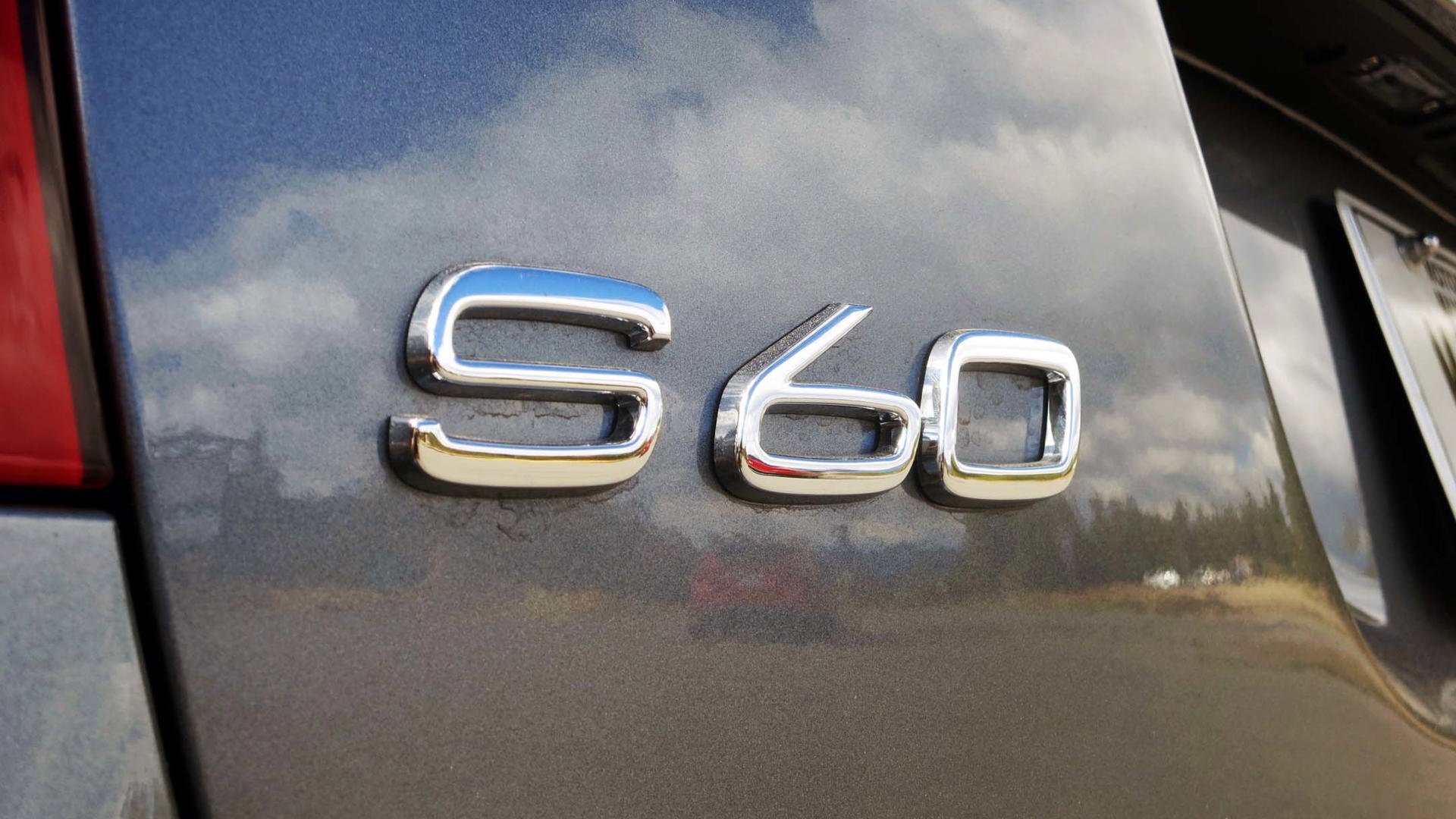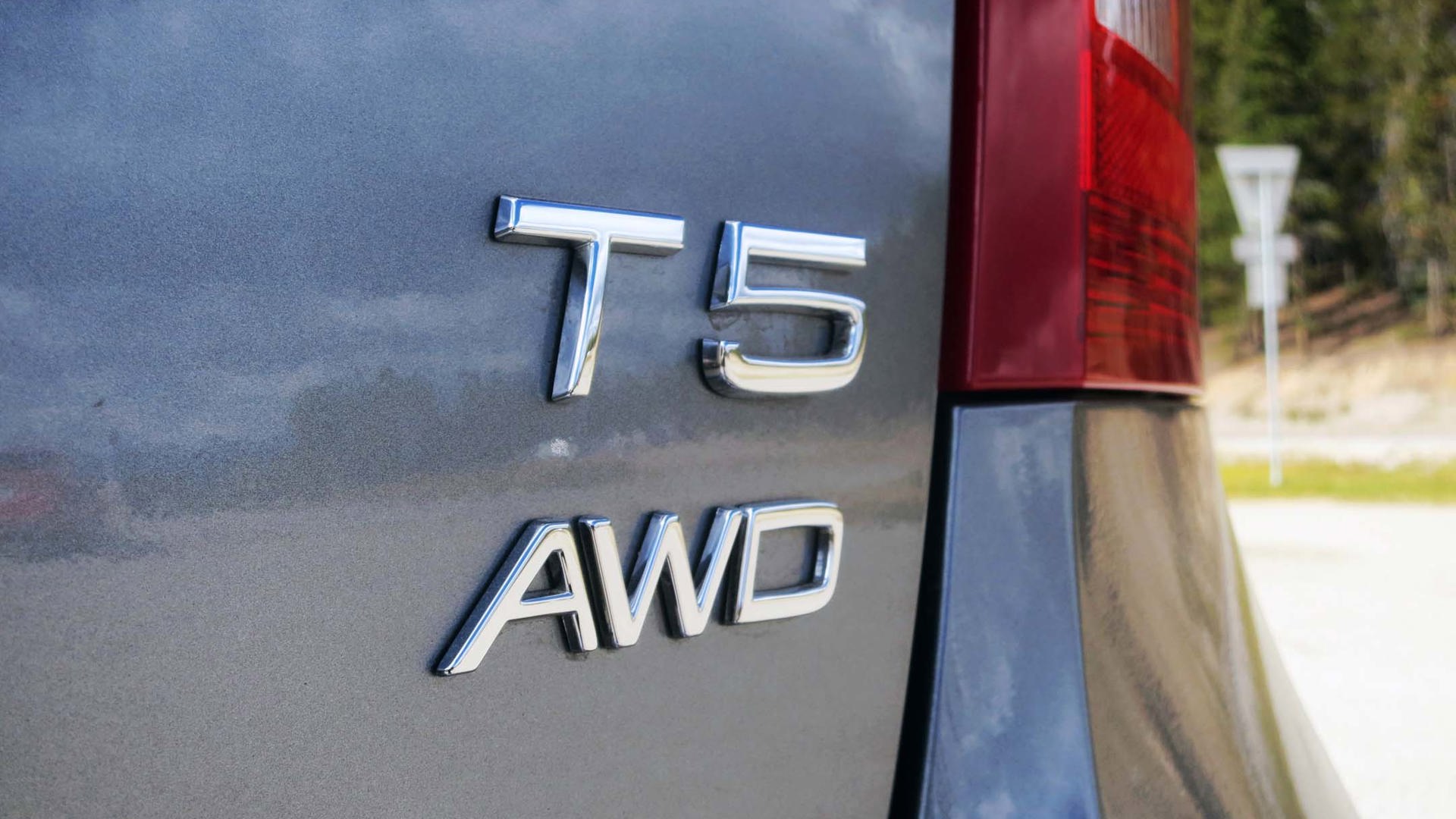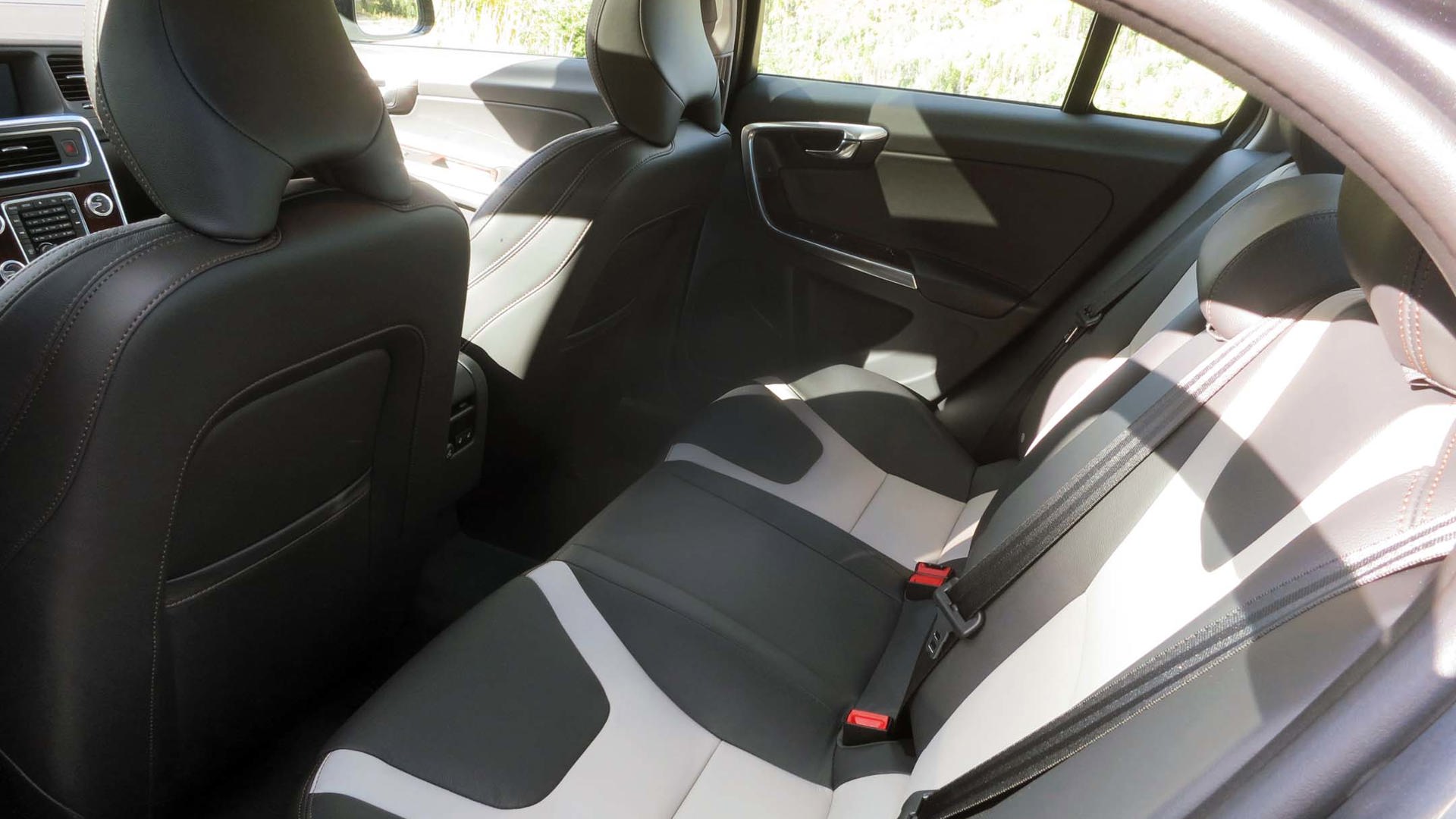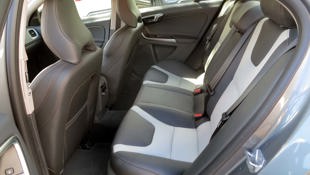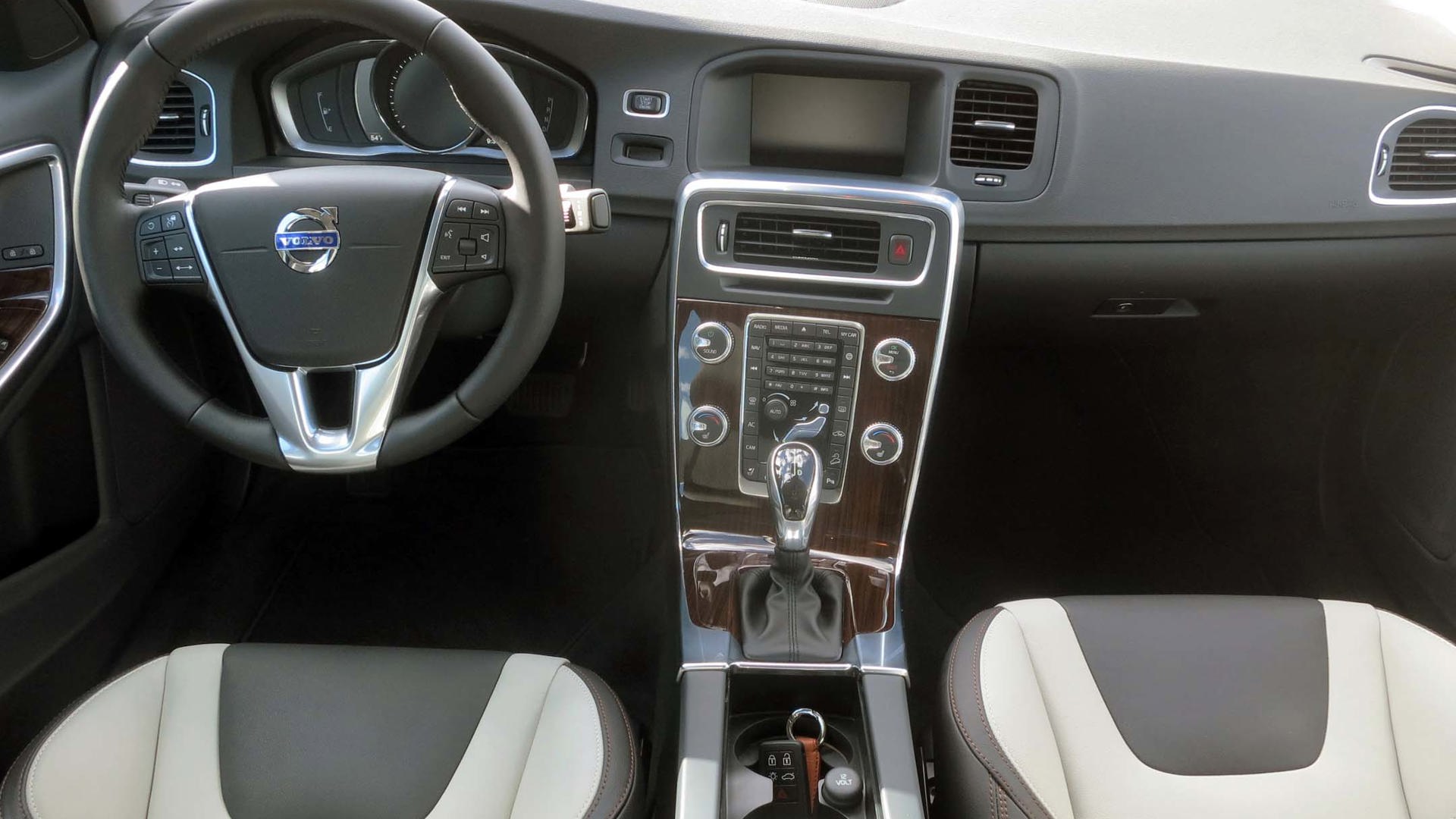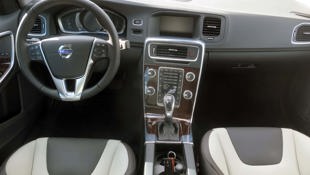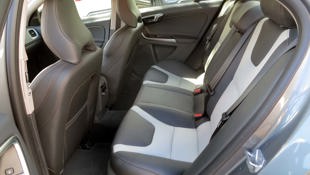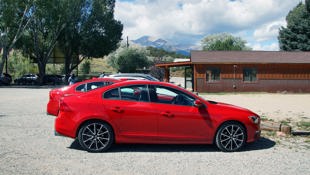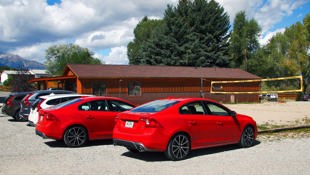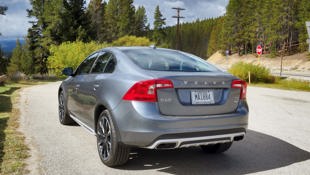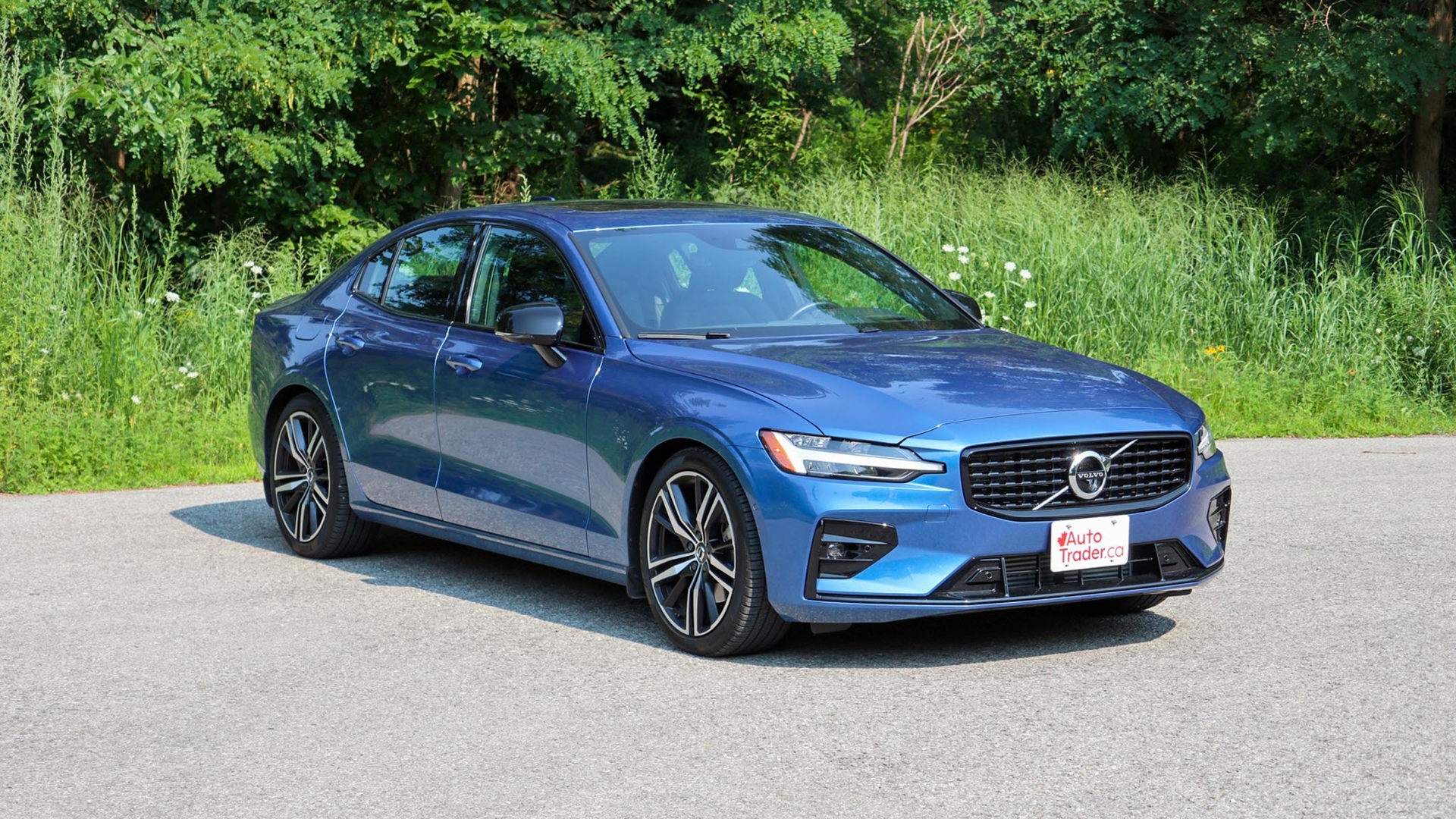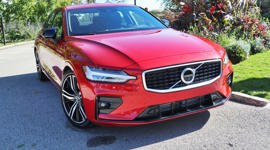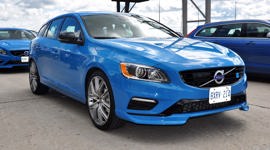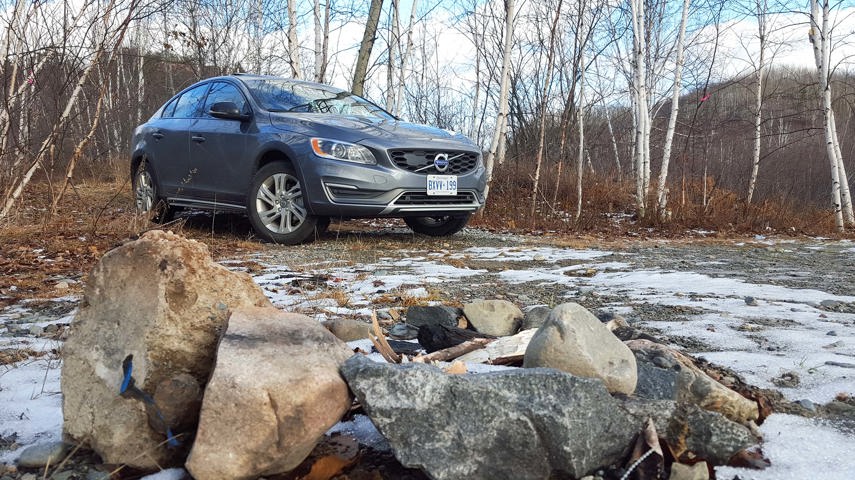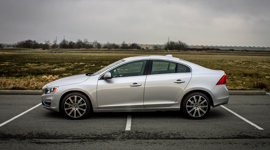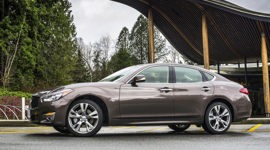VAIL, Colorado – Imagine encountering someone who’s completely new to the automotive industry. Now imagine trying to describe the endless varieties of available automobiles, while trying to place them in their respective categories. It probably won’t take them long to understand the basic differences between small cars, sedans, mini-vans and pick-up trucks.
If the V70 and V60 CC filled the gap between wagon and crossover, then the S60 CC is the solution to a question that very few have asked.
“But,” they might ask, “what the heck is a Juke? And how did a minivan win Canadian Truck of the Year a few years ago? “
If you can get them past the Subaru Baja pickup or the Mercedes-Benz CLS 4-door “coupe” and they’re still with you – bravo. Likewise, the BMW X6 and Benz GLE – enormous, high-riding, all-wheel-drive vehicles that nonetheless consider themselves to be coupes. If your savvy neophyte has no problem grasping the language categorizing these vehicular overlaps, then he/she is among the fortunate minority.
It took several read-throughs of the press release before I finally understood Mercedes-Benz’s new naming policy. Once you realize that each passenger car – from the tiny, entry level A-Class to the majestic S-Class luxury liner – has a corresponding crossover with the identical level of content, it starts to make sense. But I have to admit I’ve been rather lax in keeping up with Volvo’s nomenclature.
Volvo uses “V” to identify their wagons, “S” for sedans and “XC” for their crossover lineup. All very logical and straightforward, right? But then there’s the “Cross Country” label, not to be confused with “XC”, but referring to certain derivatives featuring all-wheel drive, extra ground clearance and rugged off-road protection. Still with us?
Volvo’s Cross Country wagons have found success with the same sort of buyer as Subaru: outdoors-loving individualists who don’t quite need a crossover, but love the versatility of their tall wagons.
But to further muddy the nomenclature waters, Volvo has replaced their previous inline-five and V6 power plants with a pair of four-cylinders confusingly dubbed T5 and T6.
Both are 2.0L, but the T5, which delivers 240 hp and 258 lb-ft of torque, is turbocharged, while the T6, with 302 hp and 295 lb-ft, features a turbocharger and a supercharger. A tweaked version of the T6 with 362 hp and 340 lb-ft is reserved for the potent “Polestar” vehicles – yet another designation referring to their halo performance cars.
If the V70 and V60 CC filled the gap between wagon and crossover, then the S60 CC is the solution to a question that very few have asked; so few in fact that only 500 of these premium sedan-slash-off-roaders will be built for 2017. And fewer than 100 of those will find their way to Canada.
Based on the S60 sedan, the S60 Cross Country boasts 7.9"(200 mm) of ground clearance, skid plates, a Haldex all-wheel-drive system and rugged body cladding. It’s available in only one trim: a fully loaded model starting at $50,700. The differences are subtle, but viewed in profile the S60 CC has a perceptibly taller stance. It also rides on 18-inch wheels framed by rugged black fenders. There’s a single power train – the aforementioned T5 four-cylinder mated to an Aisin eight-speed transmission.
Making it even more of an anomaly, the S60 CC offers a respectable 3,500 lb (1,587 kg) tow rating. But as a taller vehicle equipped with AWD, the S60 CC is also less fuel-efficient, consuming 10.2 L/100 km in the city and 7.1 highway, compared to the regular S60’s 9.6 / 8.7.
The interior is typical of Volvo in that it features premium materials used sparingly in a plain and linear theme. Given that the S60 is more than five years old, the cabin is starting to look a bit dated, particularly when it comes to the technology interface. Compared to most competitors, its colour display screen is minuscule, and the centre console is a mish-mash of buttons.
Volvo’s always boasted some of the best seats in the industry, and these are no exception. Plump and supportive, they offer front-row passengers plenty of legroom. Rear seating is more restrictive: at 5'5" I had adequate knee room but had to tuck my feet beneath the seat in front. At 340 L, the trunk space is about average.
You’d think the extra height would wreak havoc with the S60 CC’s aerodynamics and manoeuverability, but we found it handled with composure on the road – and off. Our drive route took us up and over Vail’s Gore Mountain range, negotiating grades as steep as 7 percent. The S60 CC’s quite planted despite its extra height, and we didn’t notice any extra body roll. While an older platform such as the S60’s doesn’t support Volvo’s Intellisafe AutoPilot semi-autonomous driving technology, it did come with adaptive cruise control, lane-keeping assist and hill-descent control – this was particularly useful down those steep mountain passes.
Leaving the I-70 freeway, we embarked on a 12-mile trek over Red Sandstone Road, an unpaved road studded with rocks and scored with deep potholes. While it seemed an unlikely route for a $50,000 luxury sedan, and almost certain to punch a hole in the oil pan, the most we experienced was a few rocks pinging off the underside. The electronically controlled Haldex all-wheel drive diverts power from a slipping wheel, instantly transferring it where there’s grip. Even at a brisk speed through tight turns on the dirt surface, the S60 was surefooted and never scrambled for grip.
Overall, the S60 CC just feels reassuringly solid, and offers enough steering feedback that it’s engaging to drive.
Does that mean I want one? Not particularly. The V60 CC wagon offers better space and interior versatility and appears much more at home in the outdoors.
But for the buyer looking for something that straddles the line between luxury sedan and crossover, the S60 Cross Country offers a rather unique alternative to the ordinary.
2017 Volvo S60 Cross Country Specifications
- Engine displacement: 2.0L
- Engine cylinders:4
- Peak horsepower:240 hp
- Peak torque:258 lb-ft
- Fuel economy:10.2 / 7.1 / 8.8
- Cargo space:340 L
| Engine Displacement | 2.0L |
|---|---|
| Engine Cylinders | 4 |
| Peak Horsepower | 240 hp |
| Peak Torque | 258 lb-ft |
| Fuel Economy | 10.2 / 7.1 / 8.8 |
| Cargo Space | 340 L |
